Gluten Free Sourdough Bread Recipe
5.0
(73)
Your folders
Your folders
Prep Time: 20 minutes
Cook Time: 60 minutes
Servings: 1

Ingredients
Export 5 ingredients for grocery delivery
Instructions
Step 1
Grease a standard 9-inch x 5-inch loaf pan and line with parchment paper. Set the pan aside.
Step 2
In the bowl of a stand mixer fitted with the paddle attachment or a large bowl with a hand mixer fitted with dough hooks, place the all purpose flour, xanthan gum, tapioca starch/flour, granulated sugar, and salt, and mix or whisk to combine well.
Step 3
Add the starter, 1 1/2 cups of milk, and the butter, and beat on medium speed to combine. This is a batter-style bread dough, so it won’t resemble traditional bread dough, but rather a soft cookie dough.
Step 4
Turn the mixer up to medium-high speed and beat until the dough has taken on a whipped appearance (about 5 minutes). The dough should be tacky to the touch, but should hold its shape when scooped.
Step 5
If your dough feels at all dry to the touch, add more milk by the tablespoon, beating it in until well-combined, until the dough reaches the proper consistency.
Step 6
Transfer the bread dough to the prepared loaf pan. Using a moistened spatula, press the dough into every corner of the loaf pan and spread the top into an even layer.
Step 7
For a more traditional loaf shape, pile the dough a bit more toward the center in a dome.
Step 8
Cover the loaf pan with lightly oiled plastic wrap and allow it to rise in a warm, draft-free place until it’s reached about 150% of its original size, at least 4 hours. It will not fully double in volume, and will rise more in the oven than it does raw.
Step 9
Even traditional yeast bread dough will take longer to rise properly in colder, drier weather and less time in warmer, more humid weather.
Step 10
This wild yeast sourdough bread will take longer to rise than any other, and will depend in part upon the age of your starter.
Step 11
This bread dough is much less likely to overproof and take on that pock-marked appearance than bread made with conventional yeast. If you’re unsure about whether the bread has proofed enough, allow it to keep rising.
Step 12
When the bread is nearing the end of its rise, preheat your oven to 400°F.
Step 13
Remove the plastic wrap and, using a sharp knife or lame, slash the top of the loaf from one short end to the other about 1/4-inch deep.
Step 14
Place the pan in the center of the preheated oven and allow to bake for 30 minutes.
Step 15
Reduce the oven temp to 350°F, rotate the pan 180° around, and continue to bake until center of the loaf reads 200°F on an instant read thermometer (about 30 minutes more).
Step 16
The crust won’t darken very much, but the loaf should sound hollow when thumped quickly with a finger.
Step 17
Remove the pan from the oven and allow the bread to cool for about 10 minutes in the pan before transferring to a wire rack to cool completely before slicing and serving.
Step 18
To freeze the bread, cool the loaf completely, then slice, wrap tightly and freeze the slices. Defrost as many slices at a time as you need in the toaster.
Top similar recipes
Curated for youYour folders
 68 views
68 viewsGluten Free Sourdough Bread Recipe
glutenfreeonashoestring.com
Your folders
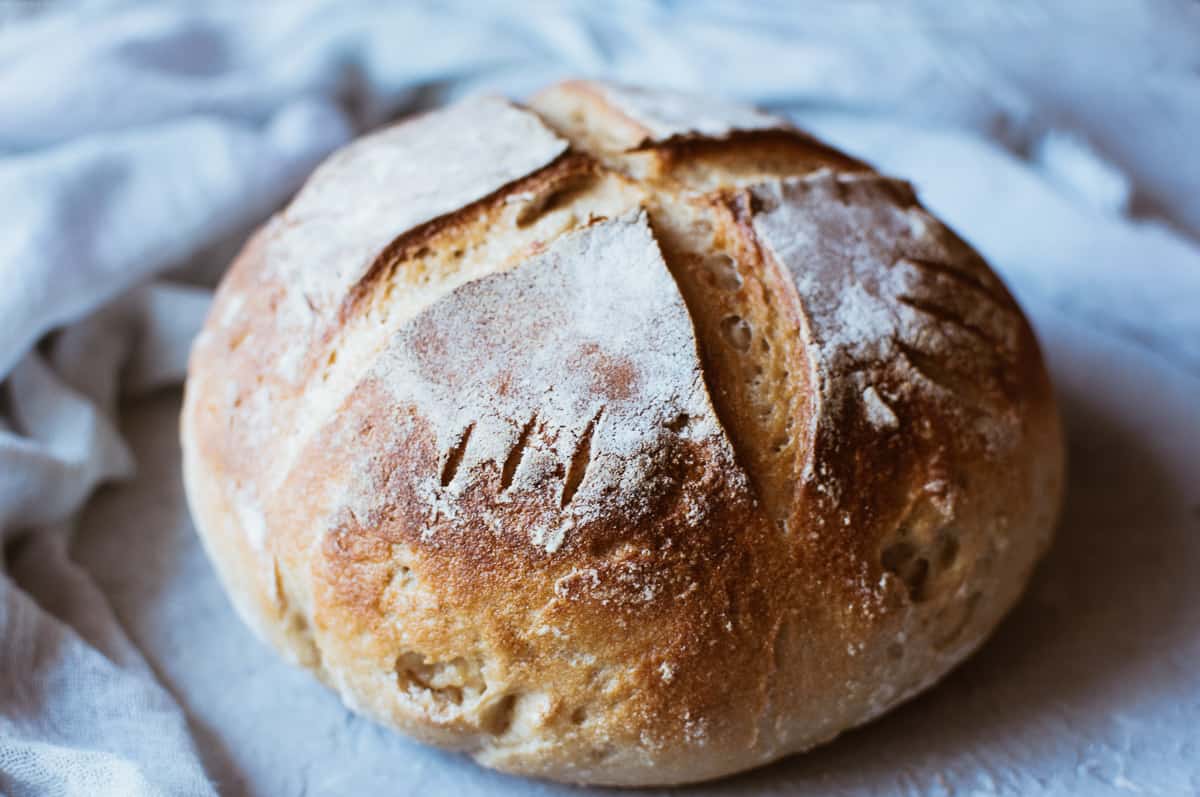
 699 views
699 viewsGluten-Free Sourdough Bread
moonandspoonandyum.com
4.7
(18)
35 minutes
Your folders

 196 views
196 viewsGluten-Free Sourdough Bread
meghantelpner.com
4.3
(18)
1 hours
Your folders
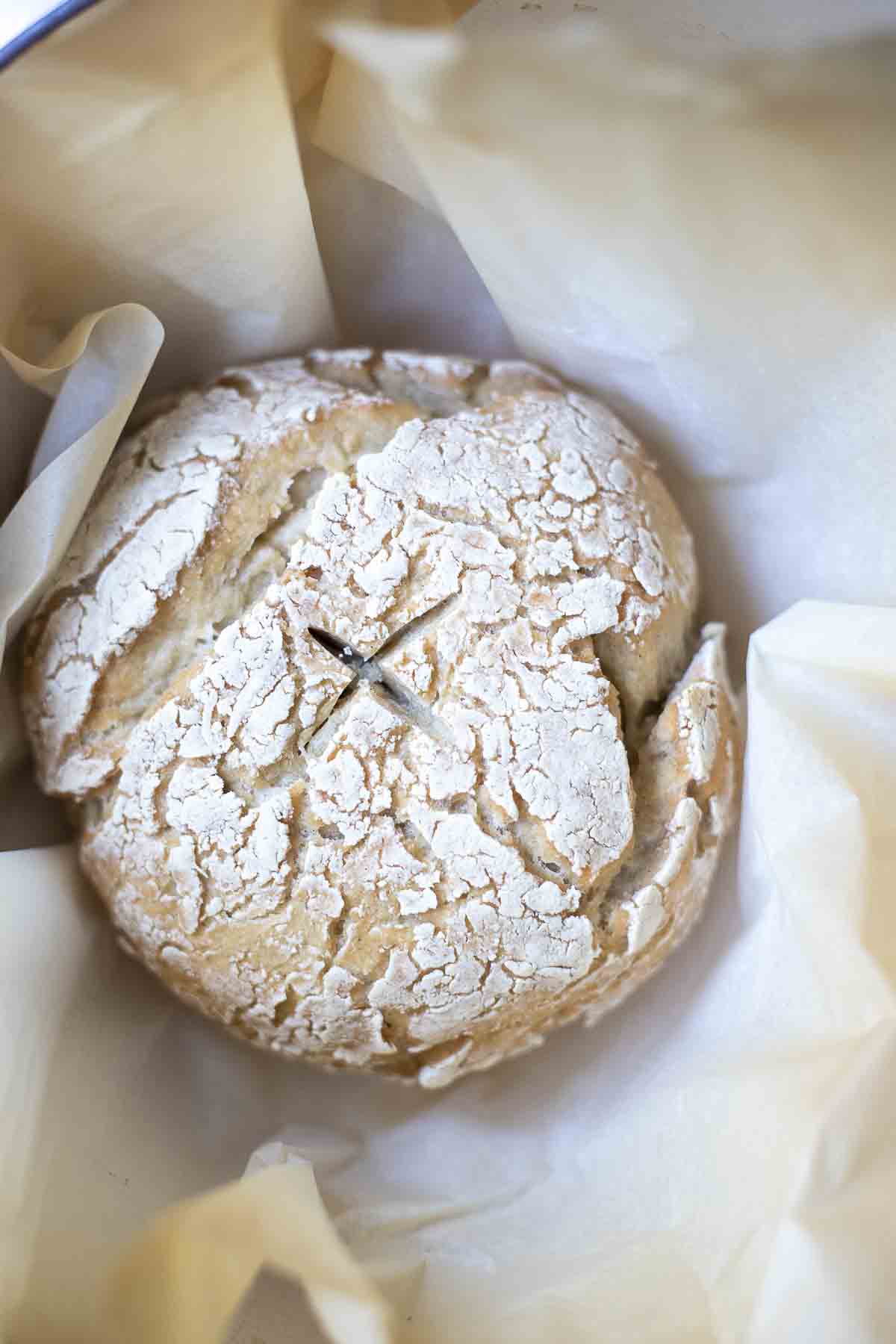
 123 views
123 viewsGluten Free Sourdough Bread
farmhouseonboone.com
4.4
(120)
55 minutes
Your folders
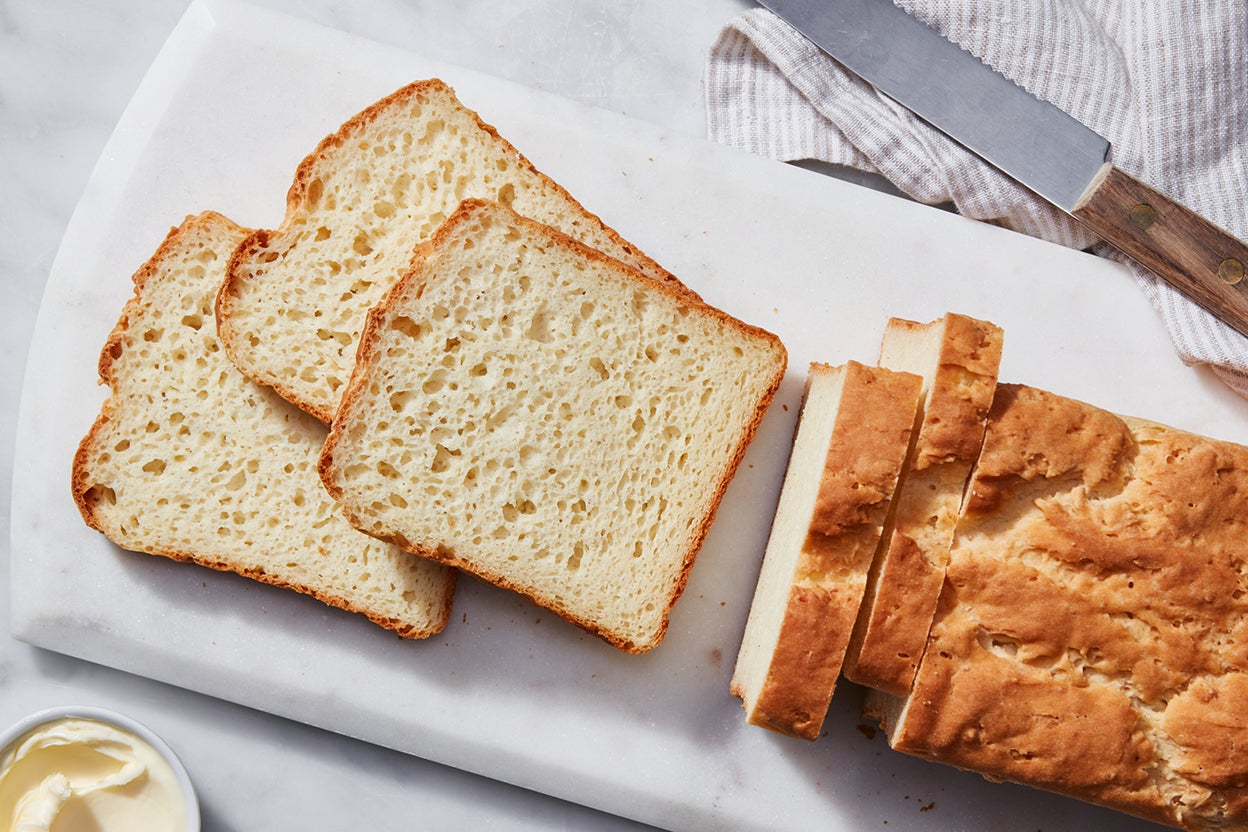
 400 views
400 viewsGluten-Free Sourdough Sandwich Brea...
kingarthurbaking.com
42 minutes
Your folders
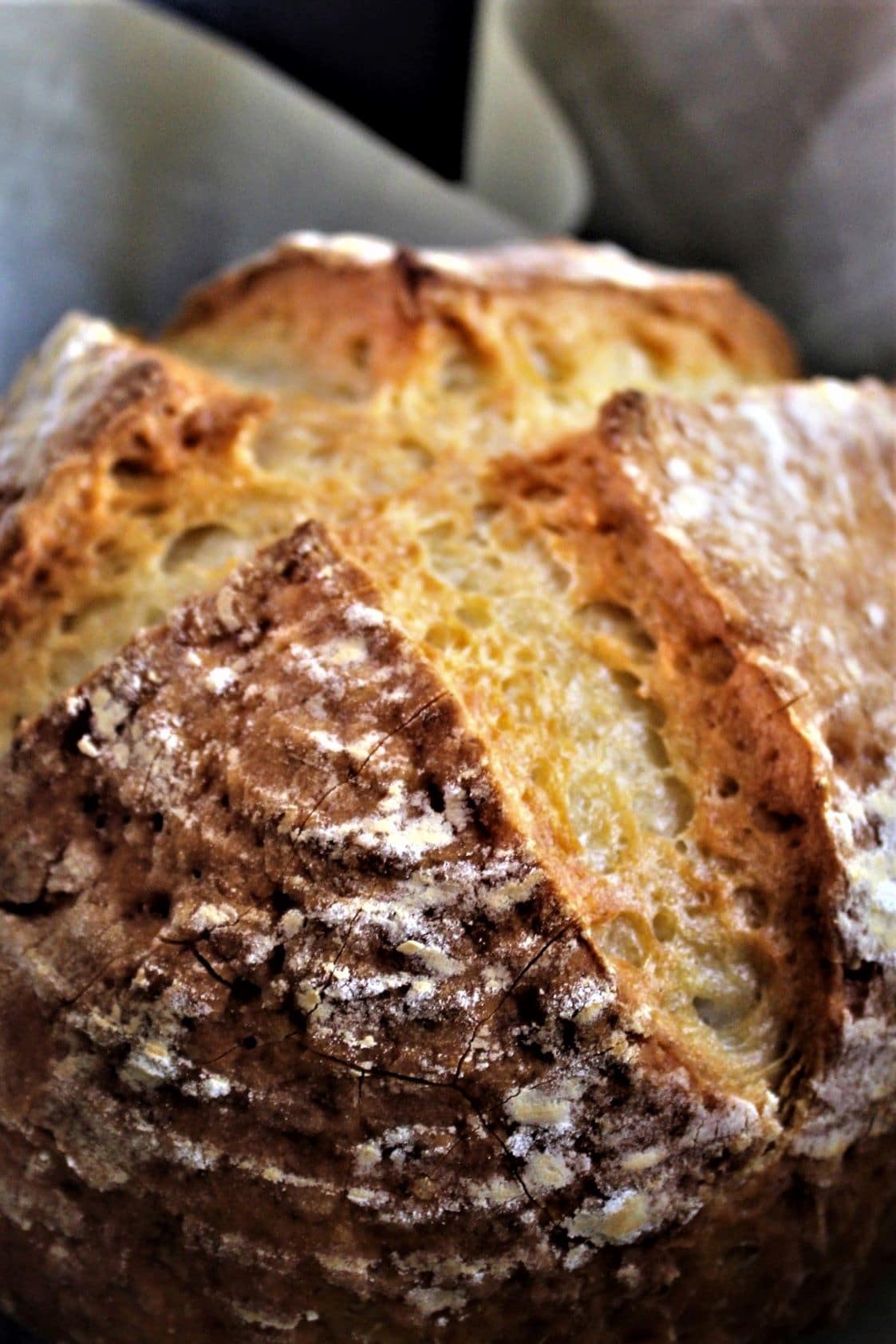
 1031 views
1031 viewsGluten Free Artisan Sourdough Bread
letthemeatgfcake.com
4.7
(12)
60 minutes
Your folders

 248 views
248 viewsGluten-Free Artisan Sourdough bread
fromthelarder.co.uk
5.0
(2)
70 minutes
Your folders
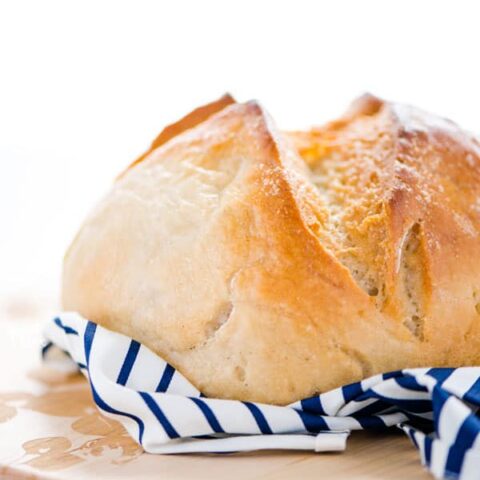
 564 views
564 views4-Ingredient Gluten Free Sourdough ...
whattheforkfoodblog.com
4.4
(269)
1 hours, 20 minutes
Your folders
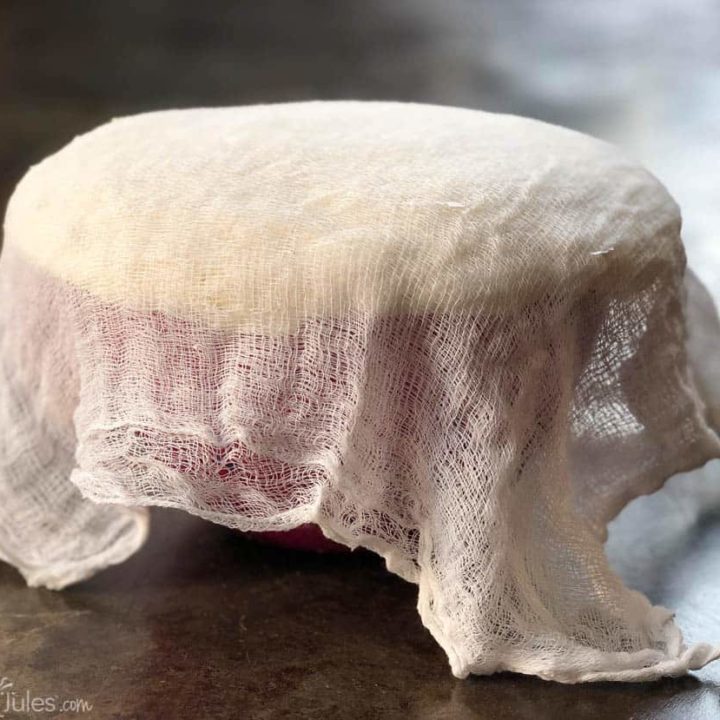
 278 views
278 viewsGluten Free Sourdough Starter Recip...
gfjules.com
4.6
(16)
Your folders
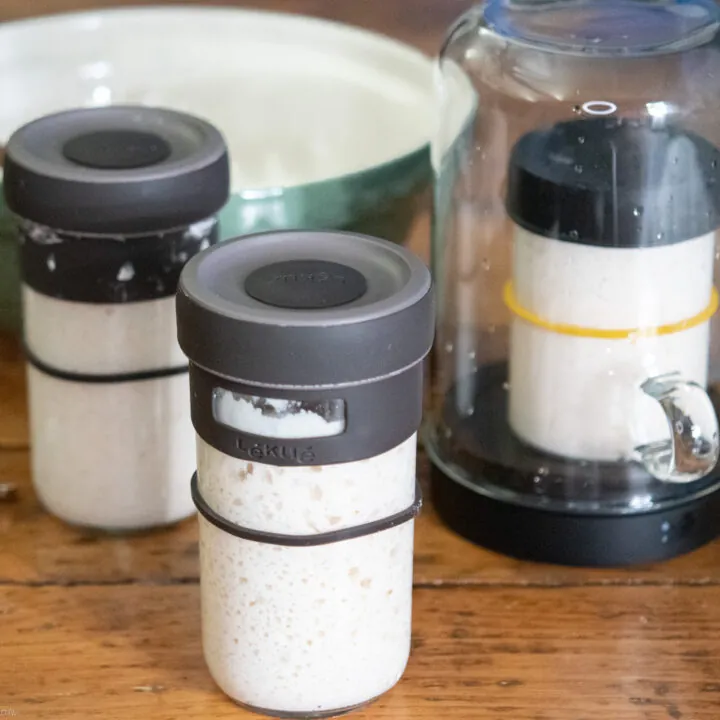
 81 views
81 viewsGluten Free Sourdough Starter Recip...
gfjules.com
4.5
(56)
Your folders

 54 views
54 viewsGluten Free Bread Recipe
happy-mothering.com
4.8
(49)
150 minutes
Your folders
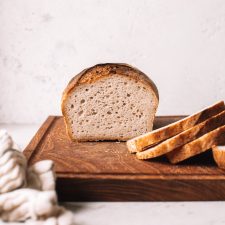
 247 views
247 viewsHow to Make Gluten-Free Sourdough B...
bakerita.com
4.9
(124)
1 hours, 20 minutes
Your folders

 350 views
350 viewsGluten-Free Sourdough Starter
theroastedroot.net
4.5
(4)
Your folders

 359 views
359 viewsGluten Free Sourdough Starter
fermentingforfoodies.com
4.8
(5)
Your folders
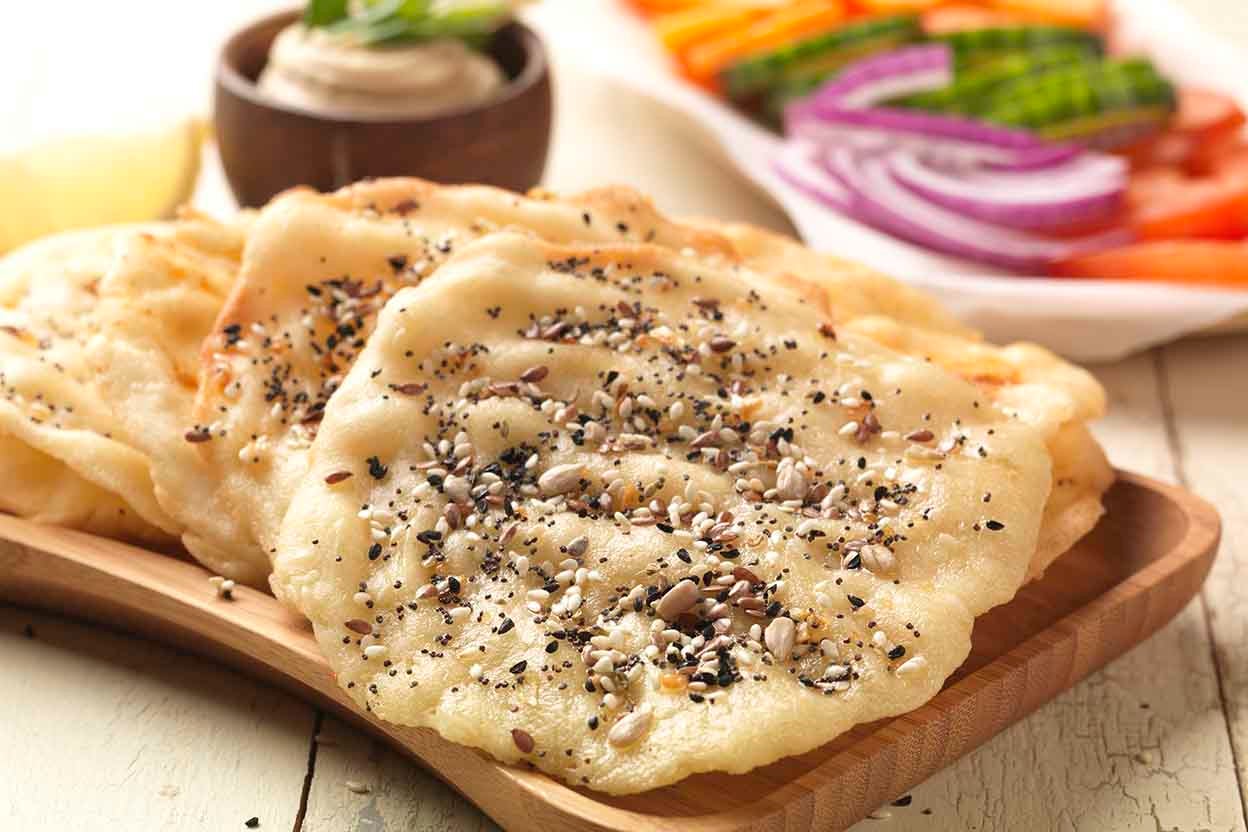
 479 views
479 viewsGluten-Free Sourdough Flatbread
kingarthurbaking.com
4.6
(13)
10 minutes
Your folders
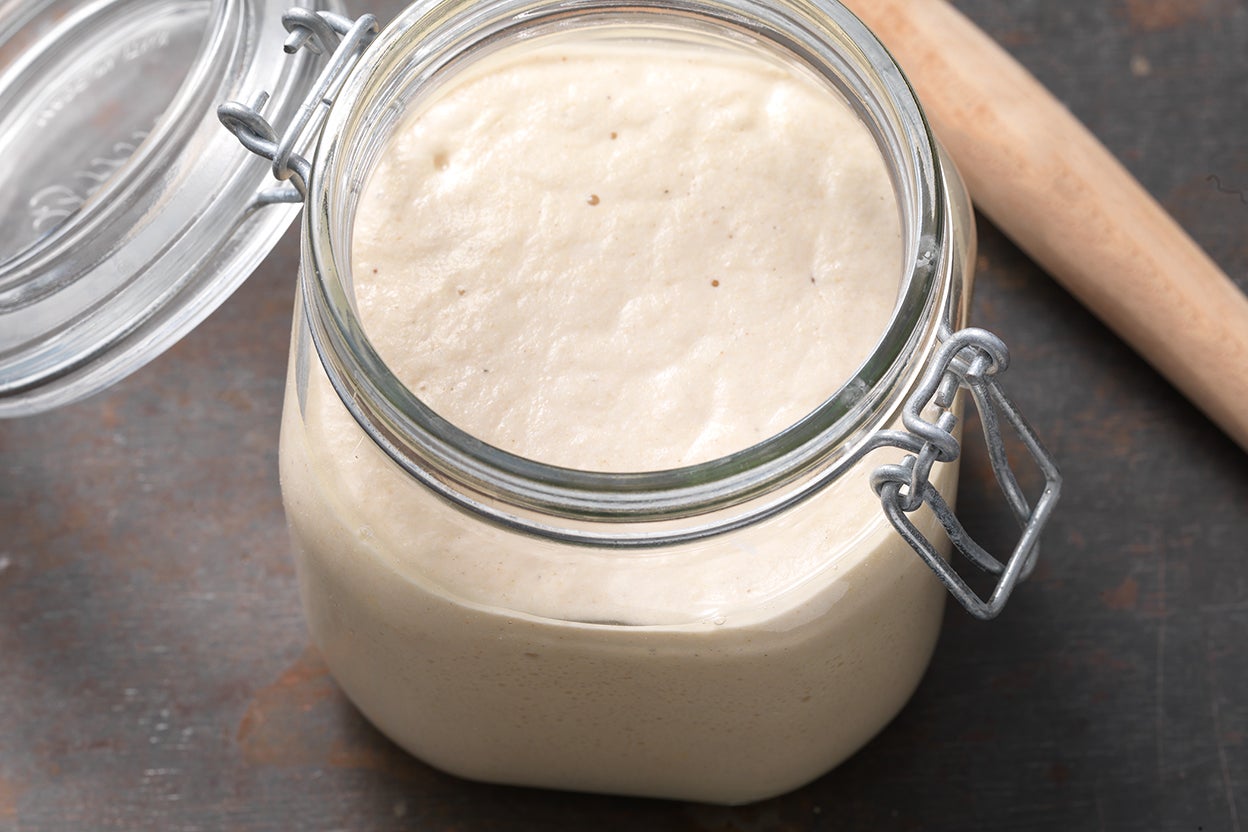
 480 views
480 viewsGluten-Free Sourdough Starter
kingarthurbaking.com
4.5
(11)
Your folders
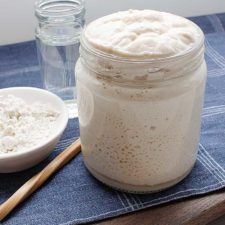
 183 views
183 viewsGluten-Free Sourdough Starter
freshisreal.com
4.6
(14)
Your folders
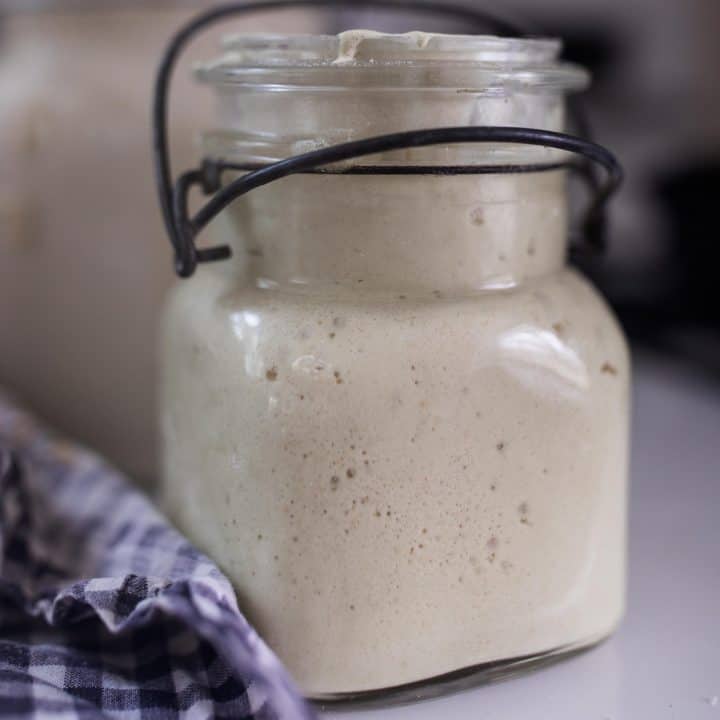
 192 views
192 viewsGluten Free Sourdough Starter
farmhouseonboone.com
4.4
(87)
Your folders
 49 views
49 viewsGluten Free Sourdough Starter
farmhouseonboone.com